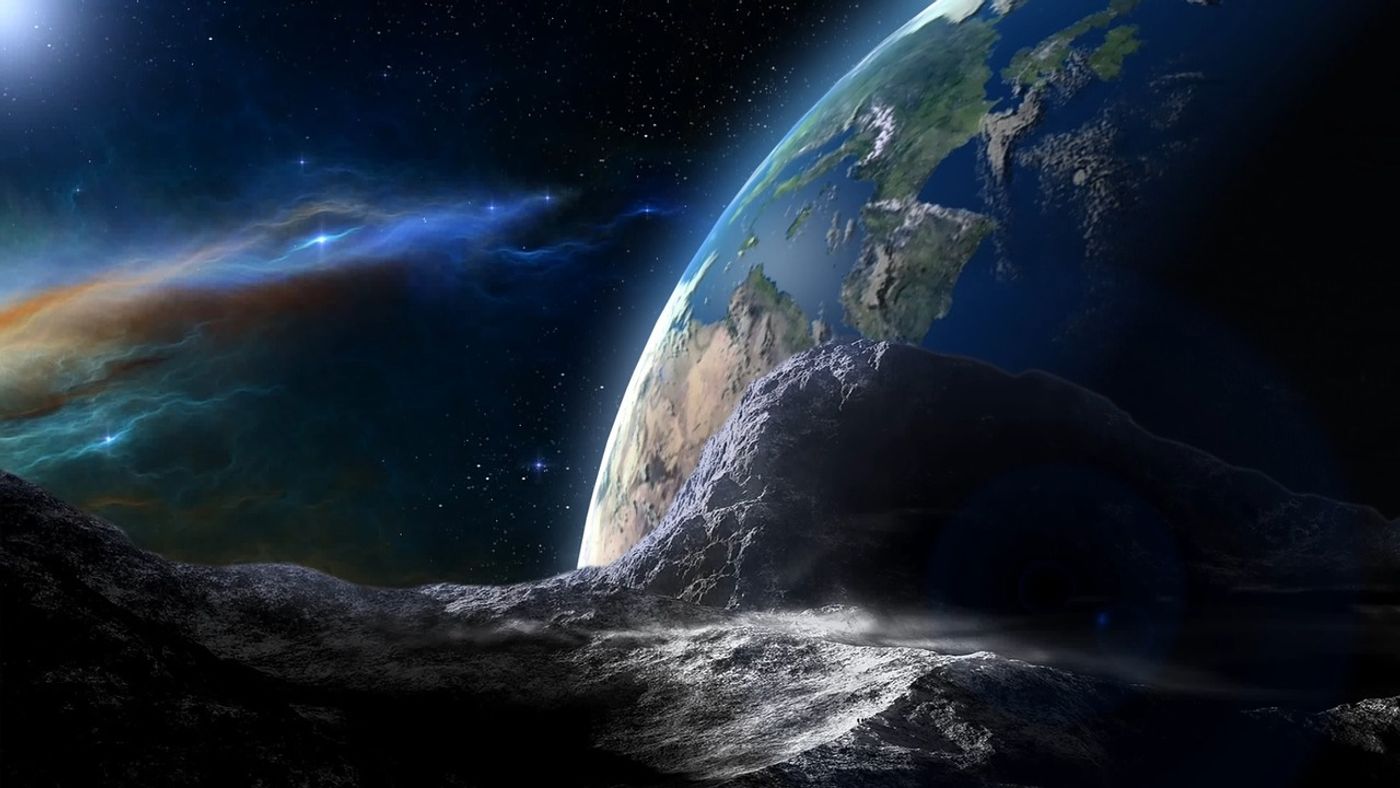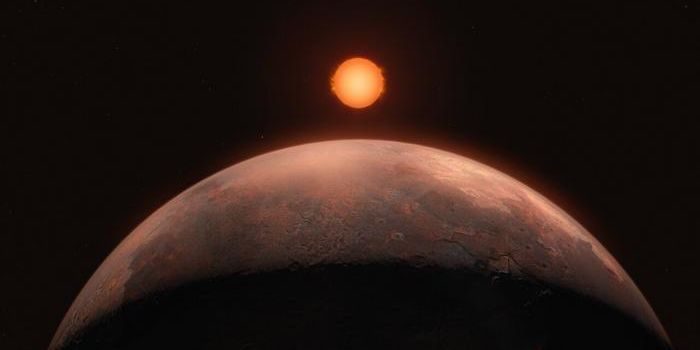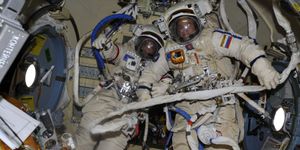Huge Asteroid to Pass Closely to Earth on September 1st, 2017
Don’t panic, but a massive asteroid more than 2.7 miles across is about to get up-close and personal with the Earth.
While it sounds alarming when we put it that way, NASA assures all of us that the asteroid will harmlessly pass the Earth on September 1st.
Image Credit: Marcelo6366/Pixabay
The asteroid goes by the name Florence, and it’s one of the largest near-Earth asteroids that come within hair-raising distances of our planet every so often.
"While many known asteroids have passed by closer to Earth than Florence will on September 1, all of those were estimated to be smaller," said the manager of NASA's Center for Near-Earth Object Studies (CNEOS), Paul Chodas.
"Florence is the largest asteroid to pass by our planet this close since the NASA program to detect and track near-Earth asteroids began."
Florence is predicted to move past the Earth at a distance of 4.4 million miles away, and while that might sound far away on paper, it isn't much in astronomical terms. Moreover, this is the closest Florence will have gotten to the Earth since the year 1890, and it won’t get this close again until around 2500.
This estimated passing distance is about 18 times farther away than the Moon, so if you have a phobia of the Earth being smacked by massive space rocks, then rest assured; you’re going to be fine.
Related: Regarding asteroid collisions, size does matter
But even if this assurance doesn’t calm your nerves, you can bet space scientists are excited about the encounter. They’ll be taking advantage of the event to study the asteroid in detail with ground-based observation equipment.
Using radar imaging with NASA's Goldstone Solar System Radar in California and with the National Science Foundation's Arecibo Observatory in Puerto Rico, scientists will map out the asteroid’s surface in vivid detail, revealing objects as small as just 30 feet in length.
Scientists don’t expect to find anything too incredible, but the face of the asteroid can tell us more about it, such as its formation and history. We can also use what we learn to measure the asteroid more accurately, track its rotation, and fine-tune its projected trajectory.
It should be interesting to see what details asteroid Florence is hiding.
Source: NASA









